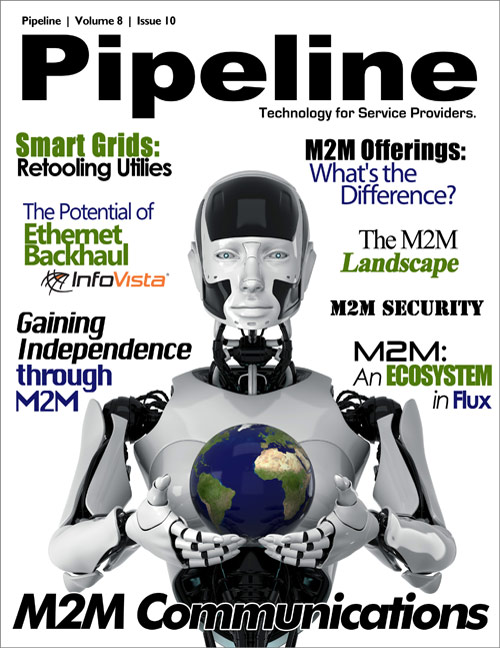Potential Hurdles
With all of these indicators pointing the way to Ethernet backhaul, the direction of the industry is fairly clear. However, Ethernet is not without its challenges.
Whereas circuit-switched transport technologies, like ATM and TDM, have been in use for decades and have come to be known for their fixed, “non-shared” bandwidth and remarkable reliability, Carrier Ethernet is still relatively unproven. It’s a dynamic technology, with physical and logical layer independence and variable bandwidth capabilities. While this flexibility can be a beneficial aspect of Carrier Ethernet, it also brings a new set of challenges for wireless operators who are not accustomed to the technology.
The biggest casualty of Carrier Ethernet’s flexibility, when not properly managed, is end-user QoS. Performance management is made cripplingly complex by Carrier Ethernet’s inherent heterogeneity and its interoperability with existing infrastructures. After all, while backhaul networks as they exist today include Carrier Ethernet, their underlying infrastructures are a mixture of new and old transport technologies. The physical infrastructures often include copper, fiber, and microwave, which are, in turn, often deployed across multiple physical topologies. In addition, Ethernet services like E-Lines, E-trees, and E-LANs can be deployed to mirror various logical topologies.
When all this is combined with additional complicating factors (multiple equipment vendors, portions of the network leased from wholesale providers, etc.) the sheer number of Carrier Ethernet scenarios is mind boggling. Andy Sutton, principal architect at Everything Everywhere Ltd., has calculated that there are approximately 158 architectural permutations available for deploying viable Carrier Ethernet backhaul circuits.
So the challenge, for MNOs, is to be able to capitalize on the data capacity promises of backhaul networks, broadly, and the potential cost-savings of Ethernet backhaul, specifically, all while maintaining high levels of network visibility, end-user QoS, and overall levels of revenue.

Capitalizing on Ethernet’s Promise
With all of that in mind, how can MNOs harness the potential of their Carrier Ethernet-equipped transport network without getting bowled over by its complexity?
The answer lies in a comprehensive and strategic approach to service quality visibility. While many providers already have the ability to monitor traffic over a specific link or through a specific probe, this tactical approach to performance management is silo-oriented and ineffective for the service assurance requirements SPs face today.
Instead, a Lifecycle-Aware Performance Assurance strategy should involve collecting the many isolated performance metrics, data, and Key Performance Indicators (KPIs) generated by equipment and Element Management Systems (EMS) software and consolidating this data into high-level KPIs and Key Quality Indicators (KQIs) to provide a central, end-to-end view of the network and overall, rather than case-by-case, service quality.
It is important that this comprehensive approach is lifecycle-aware for a number of reasons. As MNOs continue to expand, their networks move continually through lifecycles that generally include deployment, assurance, maintenance, and optimization. These activities are distinct in terms of scope, but, perhaps even more importantly, are distinct in terms of the groups that oversee the steps in the process.








